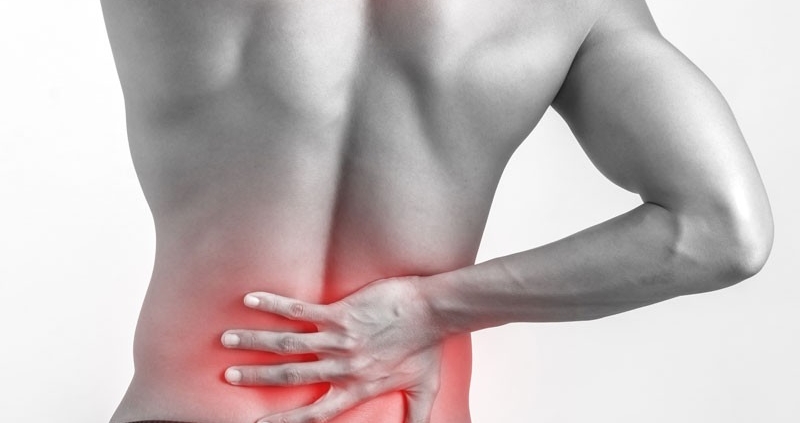Getting to the CORE of LOWER BACK PAIN (Part 1)
More than 4 million Australians struggle with back pain on a daily basis, the majority of whom report that the pain interferes with their basic activities of daily living (AIHW 2019). This could be pain that interferes with focusing at work or attending work at all, pain that takes away from enjoyment of time spent with loved ones, pain that causes sleep disturbances, or pain that prevents us from simply doing things that we want and need to do in our everyday lives.
In short, back pain causes poorer quality of life, psychological distress, physiological pain and disability, making it easy to see that back pain was Australia’s second leading cause of disease burden in 2015.
Regardless of whether one’s back pain is due to injury, posture issues related to jobs that involve prolonged sitting and sedentary work, repetitive lifting tasks at work, degeneration, disc bulging or nerve impingements, treatment and management of the pain can seem like a relentless and result-less cycle of scans, specialist appointments, physiotherapy sessions, pain medication trials, and sheer hope that the pain will just disappear. And while each of these forms of pain management have their place, core strengthening exercises have been shown to play an integral role in preventing/easing/resolving low back pain (RACGP 2016).
As it turns out, abs aren’t just good for their external aesthetic appeal! Good core strength could very well be one of the answers that so many of us are searching for when it comes to resolving or at the very least easing low back pain. And with an estimation that 70–90% of Australians will suffer from lower back pain in some form at some point in their lives (AIHW 2019), core strengthening may assist with prevention for some of us, and management of current conditions for others.
While there is no ‘ideal’ or ‘preferred’ exercise intervention program guaranteed to resolve low back pain (LBP), and exercise programs should, of course, cater to the patients’ unique and specific lower back pain issues as well as patient and clinician preferences, accessibility and costs, core strengthening is a consistent player within many exercise programs which have been shown to be effective for chronic low back pain (RACGP 2016).
Our spines are connected to and dependent upon the complex layers of supporting muscles. Therefore, if we treat those surrounding muscles and structures with respect and attention, our spines and subsequently our lower back pain may feel the positive flow-on effects. This is the underlying concept of core strength.
Motor Control Exercises
Motor control exercises have been shown to be effective for reducing pain and function in patients with LBP (RACGP 2016). These exercises aim to retrain the control and coordination of the deep abdominal muscles, deep spinal muscles and pelvic floor muscles that support the spine. The idea behind this re-training is that those with chronic LBP struggle to control the deep trunk muscles which can result in a lack of strength, timing or coordination which ultimately leads to pain and loss of function. By retraining these muscles allows these patients to regain their ability to reverse these issues and ultimately reduce their LBP.
Pilates
Pilates is another exercise program which also has an extremely strong focus on core strengthening due to its benefits for conditions such as back pain. Again, Pilates concentrates on stabilising core muscles by focusing on the contraction of the deep muscles of the back and abdominals (RACGP 2016).
Sit-to-Stand Desks
While a sit-to-stand desk is not an exercise program, these desks have been shown to be a beneficial way to engage and strengthen core muscles which would otherwise be dormant throughout the workday if remaining exclusively in a sitting-only position.
By switching from a sitting to standing position throughout the day and with prior understanding and experience in activating and engaging your core muscles from perhaps a few sessions with a physiotherapist, a sit-to-stand desk can essentially force your core into doing itself some good through core strengthening.
Solve your CORE issues and EASE your lower back pain
According to the statistics, a whopping 70-90% of us will unfortunately suffer from some type of LBP at some stage in our lives. For those who are currently suffering, ask your GP or relevant care provider about how core strengthening could help you and your back pain, and how you can access the appropriate services.
For those who aren’t currently suffering from LBP, engage that CORE and keep it strong for as long as you can.
And for those of you who may be noticing the beginnings of a niggling low back pain during your workday, a simple rehabilitation evaluation and an ergonomic assessment will go a long way in terms of prevention.



 Acknowledgement Of Country
Acknowledgement Of Country
